|
4th June 2021 It's Friday evening and we're logged into Tabletopia. This evening we will be playing the first part of Pandemic Legacy: season 0. Time to battle the Soviets to save the world during the height of the 60's cold war. Caveat: we've only played this game digitally online. Caveat No. 2: This is a legacy game and we only played the prologue, so I'm not going to blog about it at length. What's in a game? Season 0 is a prequel to the other Pandemic Legacy games, none of which I've played. If you've ever played a Pandemic style game before, then a lot of this will be familiar to you.
There's also a lot of components to deal with the legacy element of the game. How's it play? Setup The setup for Pandemic Legacy: season 0 will differ for each scenario as they have their won objectives, but will include the following:
Players of other Pandemic games will recognise most of the play mechanics. There are some other elements, but mostly during their turn, the active player will have 4 actions points to spend and their turn goes as follows:
Endgame Each mission will have it's own unique objectives to complete, when they are all either completed or failed, the mission immediately ends. Missions will also immediately end if the following criteria is met: Cards cannot be drawn from the player deck. There are no more agent figures that can be used. There are no more incident markers that can be used. If the mission ends and there are any incomplete objectives, they are marked as failed. Then players will be rated as succeeding, adequate or failing, this will have an affect on later missions. Incidents that occurred during a mission will impact the board for later missions as well. There are 12 missions played over a period of 12 months, making it a busy year. There will also be numerous other actions will occur with regard to further missions, this being a legacy game. Overall
I'll start by saying that I know some people gush over legacy games, but I've not really played much of any legacy games and I'm pretty ambivalent towards them. I understand the appeal of an evolving game where player decisions have an impact on further games over time. At the same time, I'm so sure about a game where you have to play it 12 or 20 times to get the most out of it. Anyway; since I've not played the legacy components of Season 0, I'm not really going to blog about them, instead I can write my thoughts about the general mechanics of the game. If you've played a Pandemic style game, then a lot of this will be familiar. It has the same, recognisable gameplay elements of racing against time and having to make difficult meaningful decisions to balance completing objectives with firefighting the spread of in this particular incarnation, Soviet agents. Like all cooperative games I've played, mitigating bad luck is a key component to succeeding. Reskinning Pandemic's mechanics for Season 0 could have been lazy and bad, but actually, they work and fit the theme pretty well, the changes introduce interesting concepts, although some of the changes only apply to long term play. The addition of teams is an inspired change, instead of running around and doing actions myself, I could instruct teams of agents to do it, provided they had the correct aliases of course. Not only did it give players and extra decision to manage, it made me feel more of a spymaster than a spy, which I found quite appealing, it gave the impression that more was going on at any one time, it made the game feel bigger and that's good. These changes differentiate Season 0 from Pandemic, but is it enough of a change to justify owning both? For me, as an owner of the original Pandemic; I'd say no. Would I play someone else's copy? Probably. I have to say it would cool to have seen the agent mechanics employed in a standard spy-themed Pandemic game. If you're a big player of legacy games and can commit to them, it's definitely worth a look. If you're also a fan of Pandemic, it might also be for you.
0 Comments
Leave a Reply. |
AuthorI play, I paint. Archives
March 2024
Categories
All
|

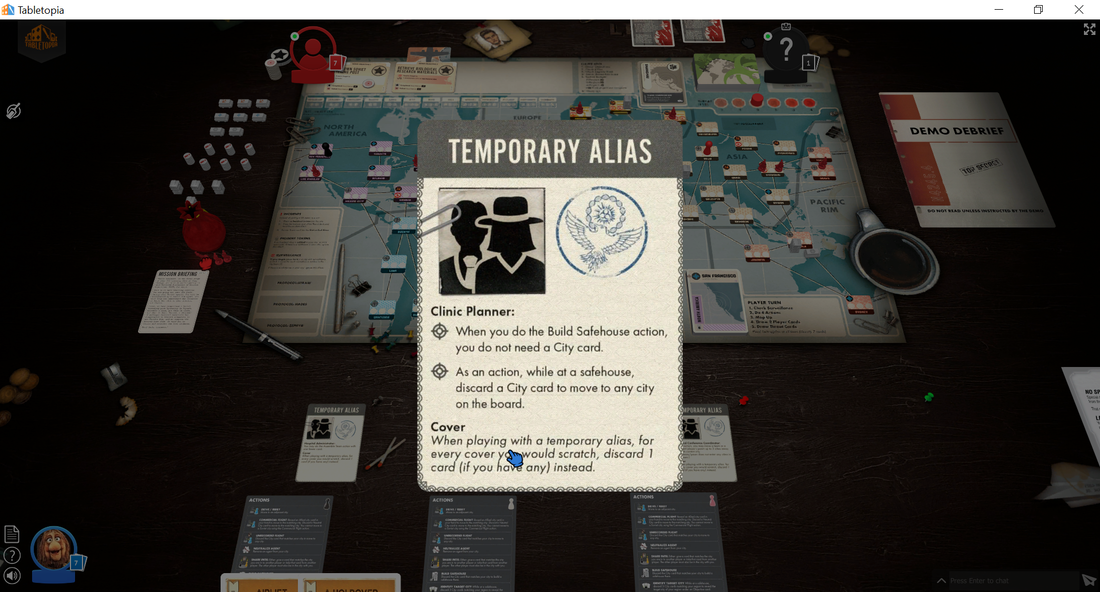
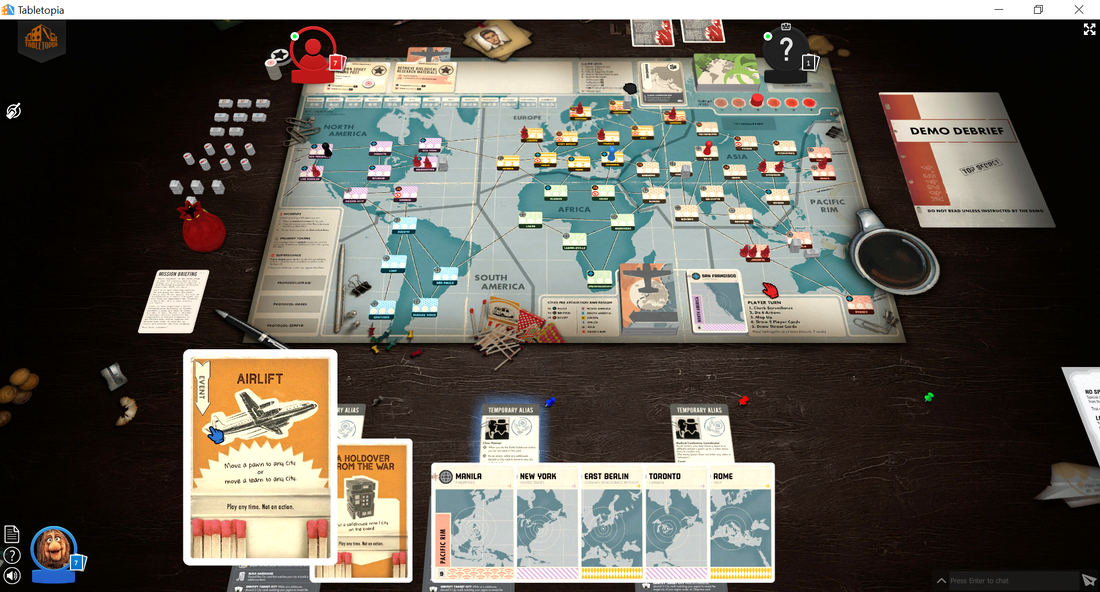
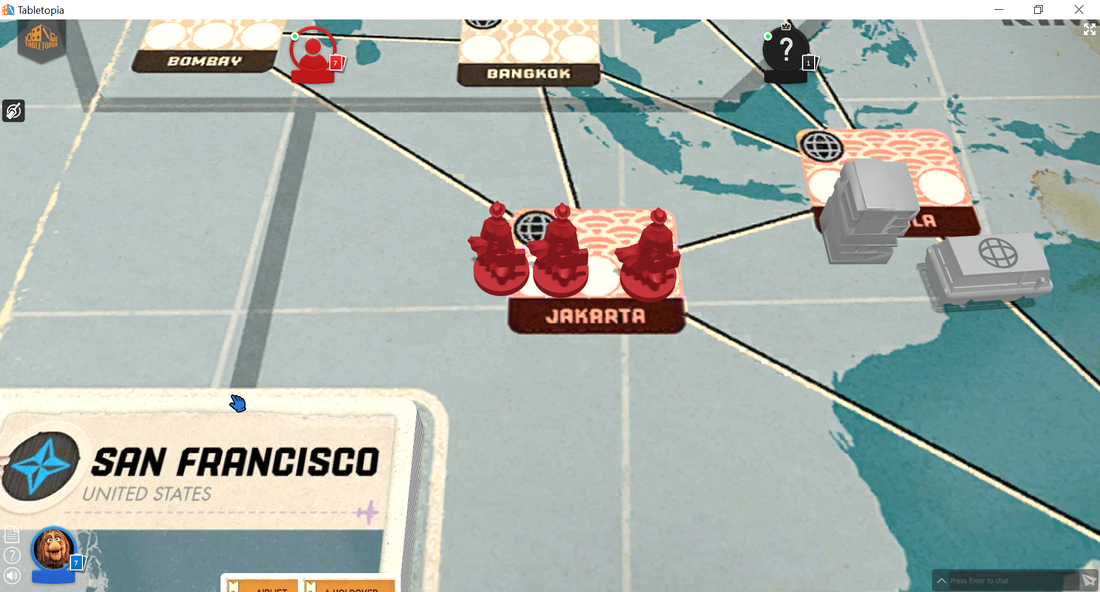
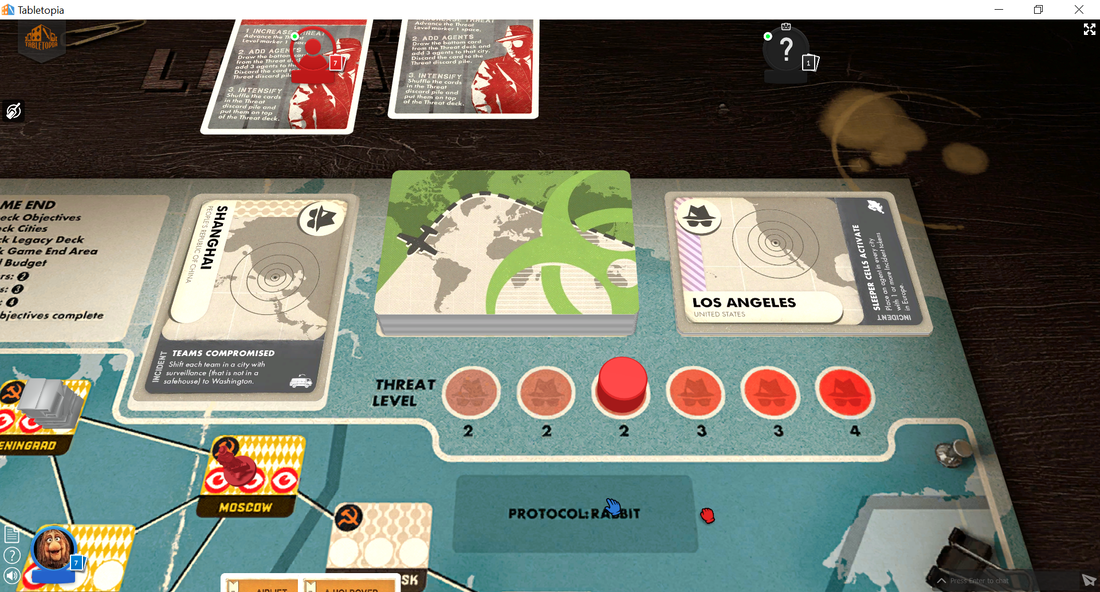
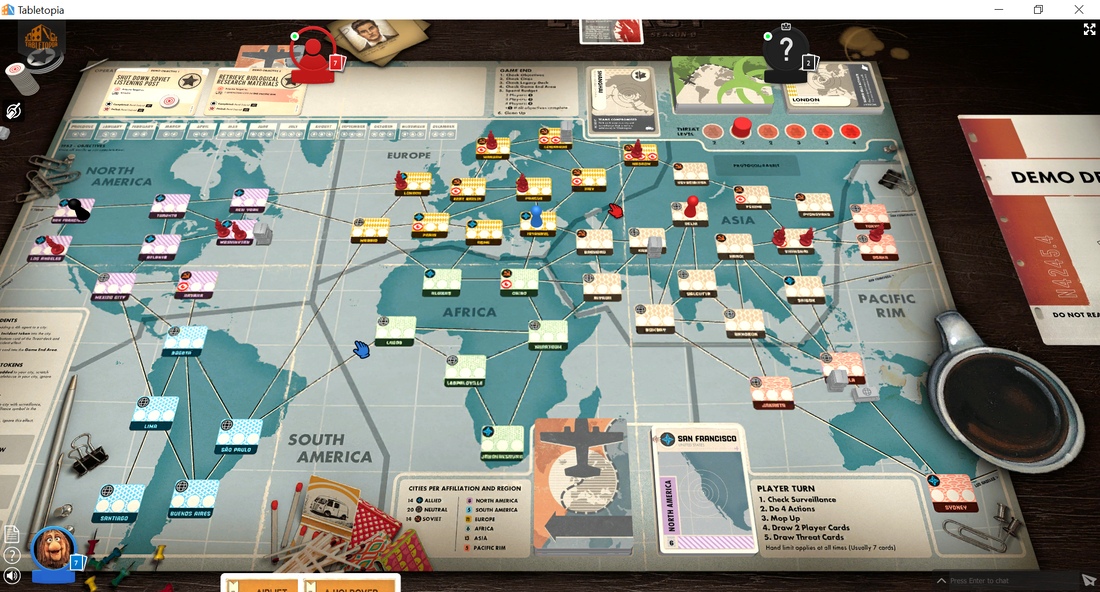
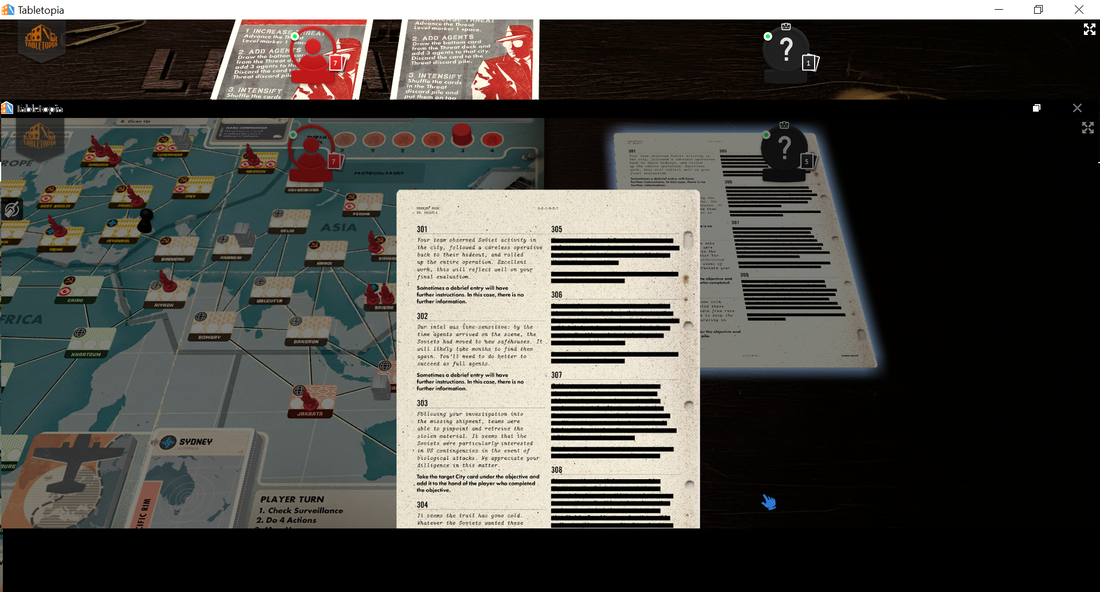
 RSS Feed
RSS Feed
